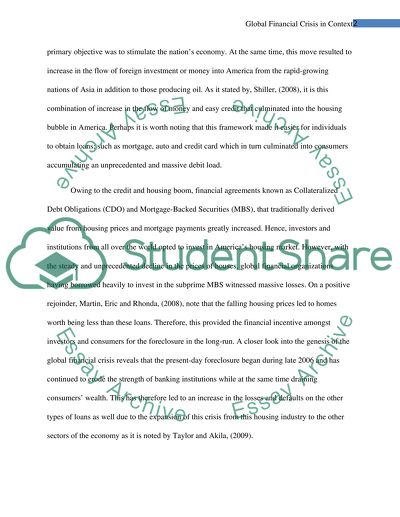Cite this document
(“Global Financial Crisis in Context Essay Example | Topics and Well Written Essays - 1500 words”, n.d.)
Global Financial Crisis in Context Essay Example | Topics and Well Written Essays - 1500 words. Retrieved from https://studentshare.org/miscellaneous/1561789-global-financial-crisis-in-context
Global Financial Crisis in Context Essay Example | Topics and Well Written Essays - 1500 words. Retrieved from https://studentshare.org/miscellaneous/1561789-global-financial-crisis-in-context
(Global Financial Crisis in Context Essay Example | Topics and Well Written Essays - 1500 Words)
Global Financial Crisis in Context Essay Example | Topics and Well Written Essays - 1500 Words. https://studentshare.org/miscellaneous/1561789-global-financial-crisis-in-context.
Global Financial Crisis in Context Essay Example | Topics and Well Written Essays - 1500 Words. https://studentshare.org/miscellaneous/1561789-global-financial-crisis-in-context.
“Global Financial Crisis in Context Essay Example | Topics and Well Written Essays - 1500 Words”, n.d. https://studentshare.org/miscellaneous/1561789-global-financial-crisis-in-context.


